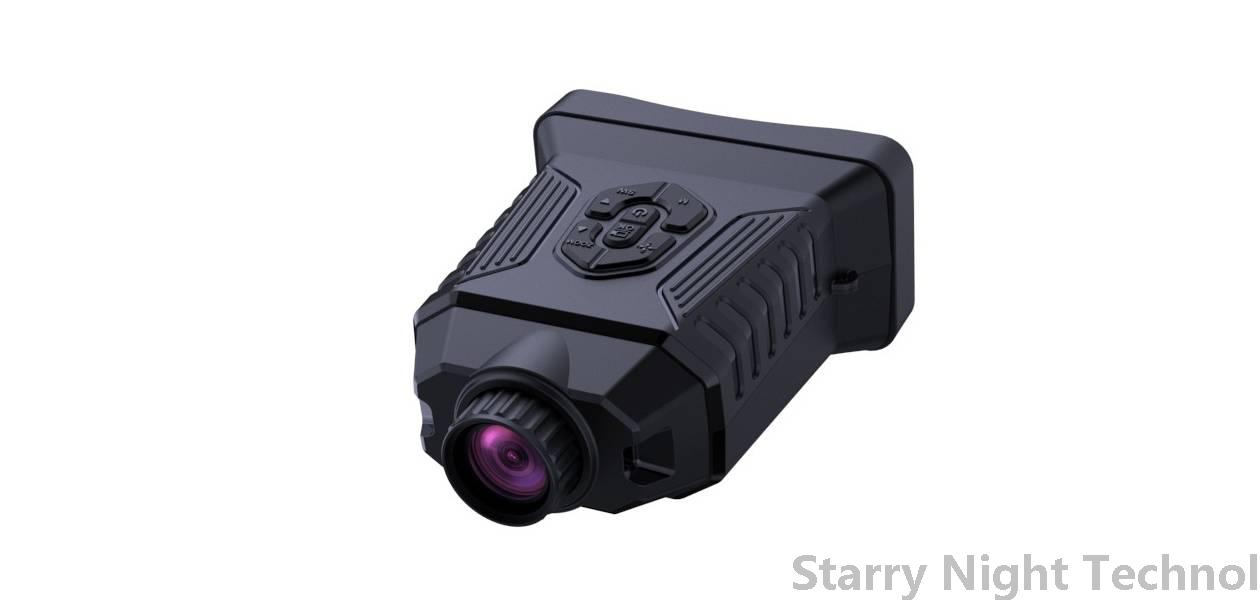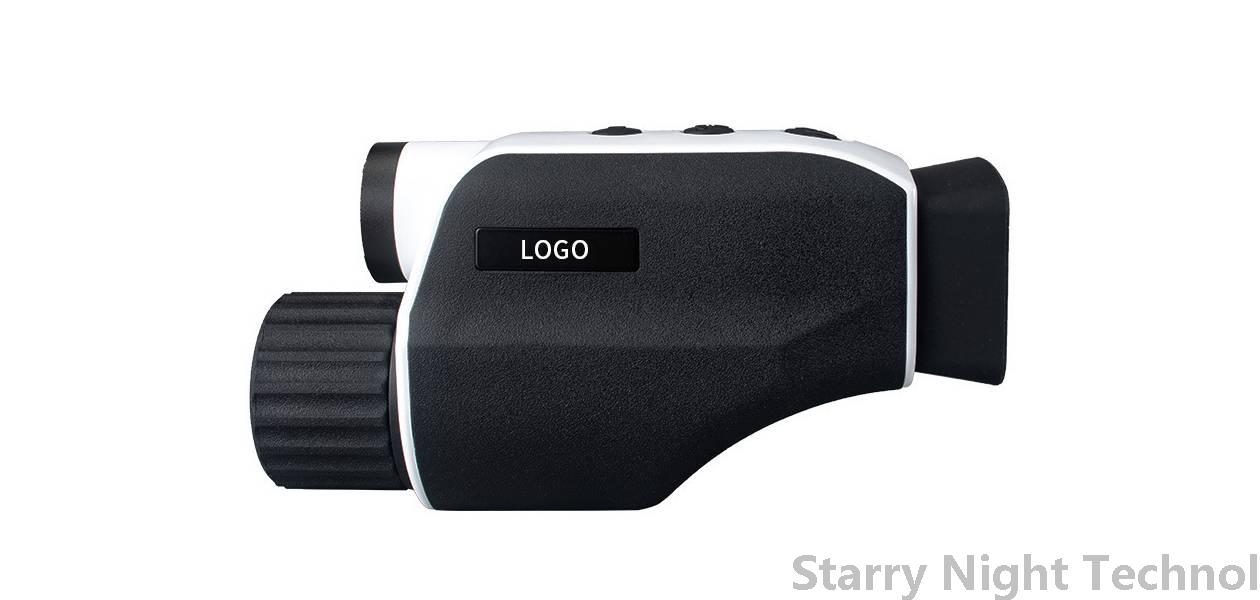"The Role of Night Vision Systems in Modern Warfare and Emergency Response"
1760666581000

In the modern world, where technology evolves at an unprecedented pace, the role of night vision systems has become increasingly significant across various domains, particularly in military applications and emergency response scenarios. These advanced optical devices are designed to enhance visibility during nighttime or low-light conditions, providing critical advantages for both combatants on the battlefield and responders in emergencies. This article explores the importance, functionality, advancements, challenges, and implications of night vision systems.
### Understanding Night Vision Technology
Night vision systems primarily function through two main technologies: image intensification (I²) and thermal imaging.
1. **Image Intensification:** This technology amplifies existing light, such as moonlight or starlight, making it possible to visualize objects in darkness. It uses a series of lenses and photomultiplier tubes to amplify photons, which enhances visual clarity, allowing users to see in near darkness.
2. **Thermal Imaging:** Unlike I² technology, thermal imaging detects infrared radiation emitted by objects based on their heat signatures rather than relying solely on ambient light. This capability enables operators to see humans, vehicles, and other heat-emitting entities regardless of environmental lighting conditions—essentially seeing through smoke, fog, or camouflage.
These systems have significantly evolved since their inception during World War II. The introduction of digital technologies and improvements in sensor quality have made night vision gear lighter, more durable, and capable of delivering clearer images.
### Impact on Modern Warfare
In contemporary conflict zones, access to reliable night vision equipment can often dictate the outcome of engagements. Military operations frequently take place under the cover of darkness to exploit the element of surprise while reducing risks from enemy fire.
1. **Enhanced Tactical Advantage:** Soldiers equipped with advanced night vision goggles (NVGs) possess situational awareness that allows them to navigate seamlessly in obscured environments. With improved depth perception and target identification capabilities, operational units can execute missions effectively without losing mobility or control.
2. **Asymmetrical Warfare:** Opposing forces may not always be equally equipped; insurgents using inferior technology can face overwhelming disadvantage against regular armed forces utilizing advanced night vision innovations. Such supremacy is instrumental in counter-terrorism efforts and urban warfare, dramatically altering the landscape of engagement rules.
3. **Interoperability Among Forces:** Joint exercises between allied nations necessitate standardized, sophisticated night vision systems. Cooperation hinges on having compatible equipment, ensuring smooth integration during joint operations.
 ### Application in Emergency Response
### Application in Emergency ResponseThe range of practical uses of night vision extends well beyond military applications into civilian sectors, including search and rescue operations, firefighting, law enforcement, and disaster response.
1. **Search and Rescue Missions:** In situations where victims need to be located after dark—whether in mountain rescues, natural disasters, or maritime incidents—night vision equips teams with essential viewing skills. For example, helicopters fitted with thermal imaging can conduct aerial searches, optimizing rescue strategies and improving survival rates.
2. **Firefighting Procedures:** Firefighters operating at night require specialized equipment to locate hotspots through smoke. Thermal cameras assist in detecting hidden fires and preventing backdrafts, potentially saving lives and property.
3. **Law Enforcement Applications:** Police encounters involving suspects fleeing into darkness increase risk for officers and civilians alike. High-performance night vision gives law enforcement personnel enhanced abilities to manage pursuits and assess threat levels before engaging.
4. **Disaster Management:** During large-scale emergencies like hurricanes or earthquakes when traditional infrastructure fails, first responders must operate within severely limited visibilities. Night vision tools help facilitate efficient evacuation routes and allow coordination amongst different agencies working towards recovery.
### Challenges and Considerations
While the benefits of night vision systems are immense, several significant challenges persist.
- **Cost**: Advanced night vision technology remains costly, limiting its availability for smaller police departments or less economically developed countries.
- **Operational Limitations**: Adaptation requires training—without adequate instruction, even the best equipment faints compared to seasoned professionals in less optimal settings.
- **Adaptation Against Countermeasures**: Countries adversarial to those equipping their forces with sophisticated night vision particulars are investing heavily in countermeasures, leading to an arms race in high-tech, low-light fighting tactics.
### Conclusion
Night vision systems have exponentially changed how modern warfare unfolds and redefined norms regarding emergency responses. As technology continues to advance rapidly, these optical aids will likely evolve further to provide even better strategic insights and operational efficiency. Complexities arise as rival actors adapt and compete amid asymmetric threats. However, vigilance in technological development ensures security personnel and soldiers remain prepared—ready to rise to any challenge the darkness may bring. The persuasive equilibrium between protecting rights, safety, and preparedness underscores a pivotal reason investment in these systems prevails as crucial in modern society.
night vision deviceStarry Night Technol

